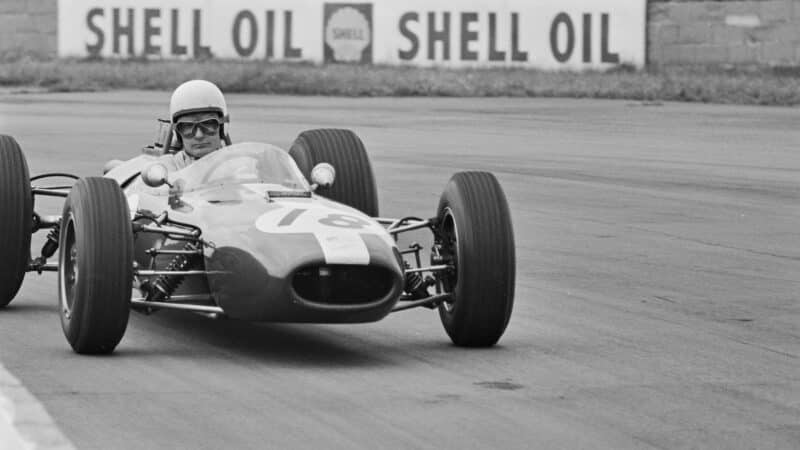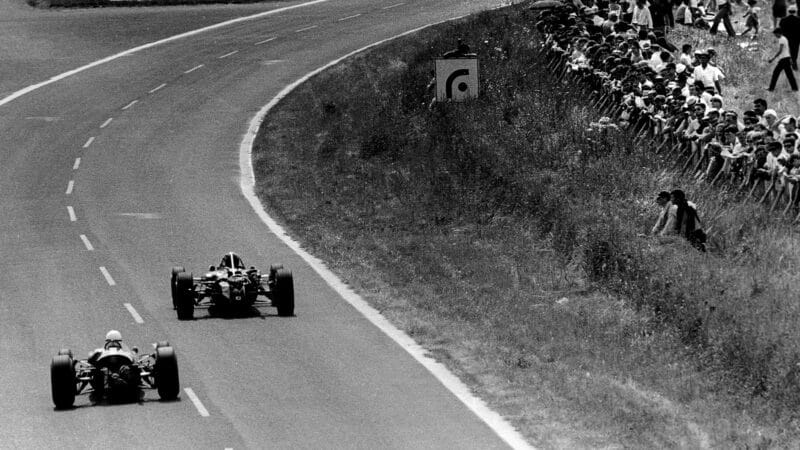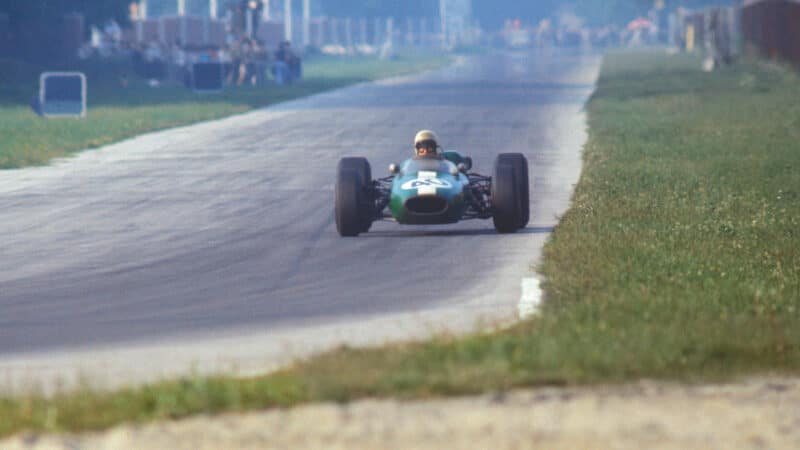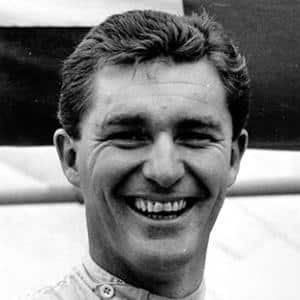“Bob left college after a year,” Stanbridge says. “He couldn’t really stand the regulations. He got a job as a mechanic in a local machinery dealer, and one day went to see some motorcycle racing with friends. He said, ‘That looks easy,’ and someone said, ‘Have a go then!’”
This was 1953. Bob already owned a Triumph Tiger 100 and, having fitted some tuning parts, he went to Castle Combe. He was soon to give up his job to concentrate on racing, replacing the Triumph with a Manx Norton, and over the next few years developed into one of Britain’s leading riders.
“He was a top man,” recalls veteran bike journalist Mick Woollett. “He was on a par with guys like Hailwood and Surtees on riding ability, but it was all a question of getting the best bikes and best tuners. Socially, he was a bit above a lot of the riders — ‘posh’ is the term you could use.”
His biggest achievement was finishing second behind John Surtees in the 1958 Senior TT. Including that race, he finished in the world championship points 12 times on his 500 and 350cc Nortons between 1958 and ’60, and once with an MZ in 125s.
While still racing bikes he met a French au pair called Marie-Edmée at a Young Conservatives dance in Bedford. Their relationship soon blossomed, albeit against her parents’ wishes.
“He’d insured his life and used that as security for a loan to buy the Brabham”
“They dragged her back to France,” says Stanbridge, “but she got back to England again, and she and Bob eloped. They drove his Bedford van up to Gretna Green, thought the place was dreadful, and carried on driving to the Isle of Mull, and married in Tobermory!”
Bob’s mother and stepfather gave the couple a home in a converted part of their house in Haynes. It was to be a low-cost base for Bob for the rest his life.
In the winter of 1960, Anderson aggravated his old back problems in a fall in South Africa, and he was told not to race again. But the timing was fortunate for, at 29, he was already considering a switch to four wheels. Following advice from Henry Taylor, he went into Formula Junior in 1961 with a Lotus 20. Ironically, a series of accidents did his back little good. But there were signs of raw speed, and he ran under the Team Lotus banner in ’62, alongside Peter Arundell and Alan Rees. Honing his talent, Bob showed excellent form at Monaco, finishing third behind Arundell and Mike Spence. He also picked up thirds at Rouen, Goodwood and Zandvoort, and was second to Arundell at Montlhéry.
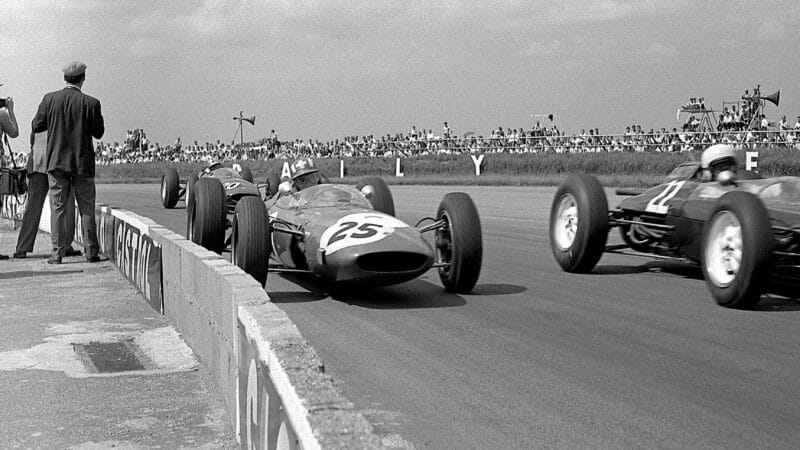
Anderson (No22) in the thick of it with Jo Siffert (No25) and Mike Hailwood during his first ‘serious’ race at the 1963 British GP
Nigel Snowdon/Grand Prix Photo
Deciding not to continue his association with Colin Chapman, Bob opted for F1 in 1963. He bought an ex-Bowmaker Lola and a Climax engine, and that VW Combi. The latter vehicle was to be his paddock trademark for the next five years.
“It was an ex-builders’ truck,” explains Stanbridge, “and it was covered in concrete when he got it He discovered that you could set it up with the most desperate positive camber, and when you put the car and all the spares in, it reverted to normal. It was undriveable when it wasn’t loaded.”
The team comprised Bob, Marie-Edmée and sometimes a single paid mechanic. Often he had only a volunteer helper from his hometown, such as farmer Stanbridge or future RAC MSA boss John Quenby.
Initially he was forced to concentrate on non-championship events, and after a debut outing at Snetterton, he went to Pau, Imola and Syracuse, where he qualified second to Jo Siffert. Next time out, at Vallelunga, he actually won, admittedly in the face of weak opposition. His first ‘serious’ outing was in the British Grand Prix, where he qualified a respectable 16th out of 23, ahead of old rival Hailwood. He had 10 cars behind him on the grid at Monza, his only other world championship appearance that year.
Bob extended himself by ordering a new Brabham BT11 for 1964. Stanbridge recalls: “He told me that he’d insured his life and used that as security for a loan to buy the Brabham. Things were that bad.”

First outing for Brabham BT11 at Monaco, ’64
Grand Prix Photo
The car wasn’t ready until May, but at Monaco he qualified 12th. Next time out, at Zandvoort, he finished sixth, picking up a point in only his fourth GP start. At Brands, he qualified a superb seventh.
Bob was regarded as something of a loner, and his occasionally abrasive personality did not help (“He called a spade a bloody shovel!” says one friend). But his efforts had not gone entirely unnoticed. Esso and Dunlop offered trade support, while sympathetic Climax would let him keep his place in the rebuild queue if he got there before the works squads. And so, even on his greatest day at Zeltweg, Anderson’s first thought was to dash back to England, and it was with some reluctance that he waited for his third-place money at the prize-giving. “The engine was still hot when we loaded it into his Zodiac after Austria!” recalls mechanic George Copeland.

